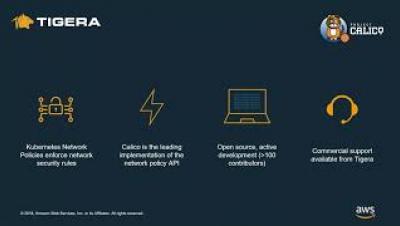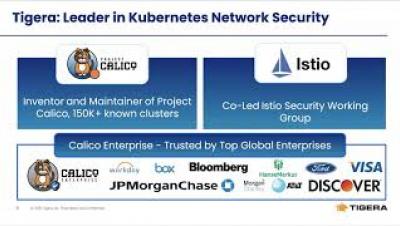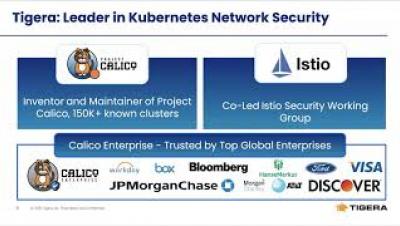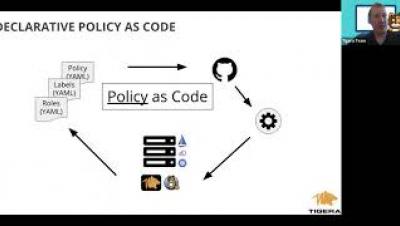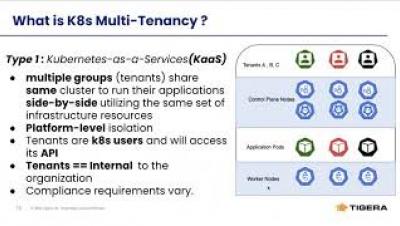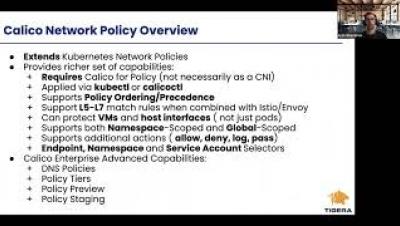Operations | Monitoring | ITSM | DevOps | Cloud
Tigera
Getting up and running with Calico Enterprise on EKS
How to Secure the network of your GKE Cluster
How to Secure the network of your GKE Cluster
How to Implement Network Policy in Amazon EKS to Secure Your Cluster
Enforcing Enterprise Security Controls in Kubernetes using Calico Enterprise
Hybrid cloud infrastructures run critical business resources and are subject to some of the strictest network security controls. Irrespective of the industry and resource types, these controls broadly fall into three categories. Workloads (pods) running on Kubernetes are ephemeral in nature, and IP-based controls are no longer effective. The challenge is to enforce the organizational security controls on the workloads and Kubernetes nodes themselves.
Calico Enterprise Multi Cluster Management - Federated Identity and Services
How Calico Enterprise Enables Your Kubernetes Multi-Tenancy
Enabling Microsegmentation with Calico Enterprise
Microsegmentation is a security technique that is used to isolate workloads from one another. Microsegmentation limits the blast radius of a data breach by making network security more granular. Should a breach occur, the damage is confined to the affected segment. Application workloads have evolved over time – starting from bare metal, to a mix of on-prem and cloud virtual machines and containers.



